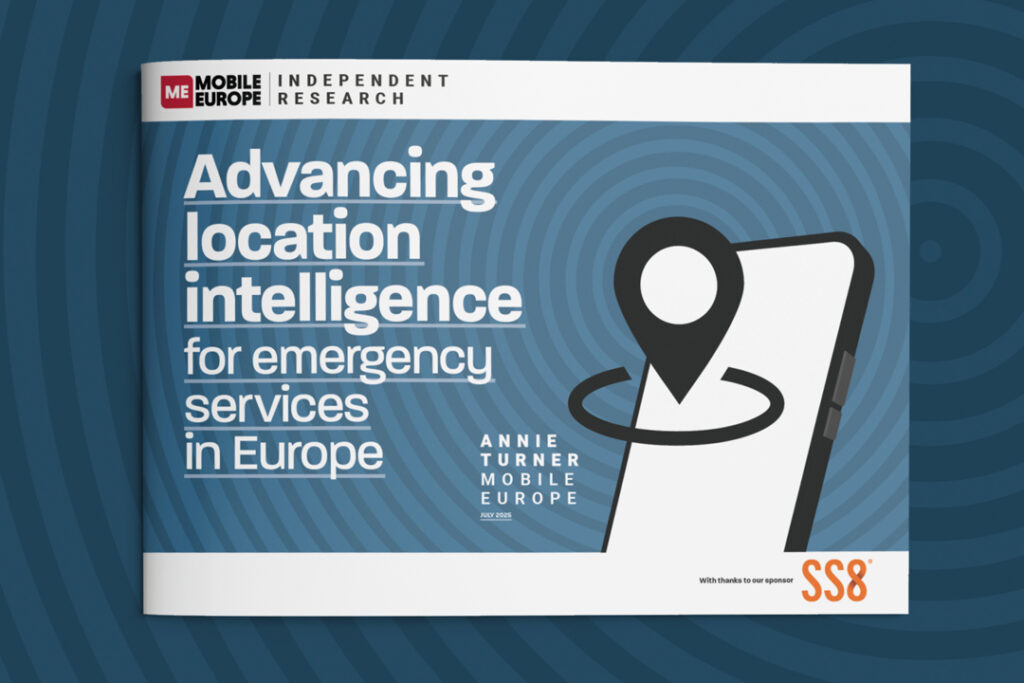Deutsche Telekom and SK Telecom have demonstrated an intercontinental 5G network in a trial with Ericsson that shows the potential of network slicing in future roaming services.
The trial, completed on 14 February, used federated network slicing to allow each operator to offer network slices in the other operator’s footprint.
Components of the 5G core in the home network were run in the visited network, which were optimised for augmented reality and maintenance services. The use-case focused on a repair worker communicating via AR with colleagues in the visited network.
Network slicing is seen as a key element of 5G, allowing operators to divide networks into portions with configurations that will be suitable to specific use-cases.
In a roaming context, the technology will allow operators to provide specifically configured slices globally, allowing a customer to receive the same customised experience worldwide as they do on their home network.
The demonstration was completed at Deutsche Telekom’s R&D centre in Bonn in Germany and at SK Telecom’s 5G Testbed in Yeoungjoing-do, South Korea.
It follows an R&D agreement that the two operators signed at Mobile World Congress 2016 and a partnership on intercontinental 5G announced last August.
“Our customers are demanding global connectivity with a unified service experience,” said Bruno Jacobfeuerborn, CTO at Deutsche Telekom. “Today’s breakthrough shows we can extend that concept to ensure optimised service experiences with global reach for our customers.”
Alex Jinsung Choi, CTO at SK Telecom, added: “Federated network slicing will enable seamless platform sharing among operators at a global scale for continuous and guaranteed user experience.”
Ulf Ewaldsson, Chief Strategy and Technology Officer at Ericsson described network slices in the context of 5G as “virtual networks on-demand”.



